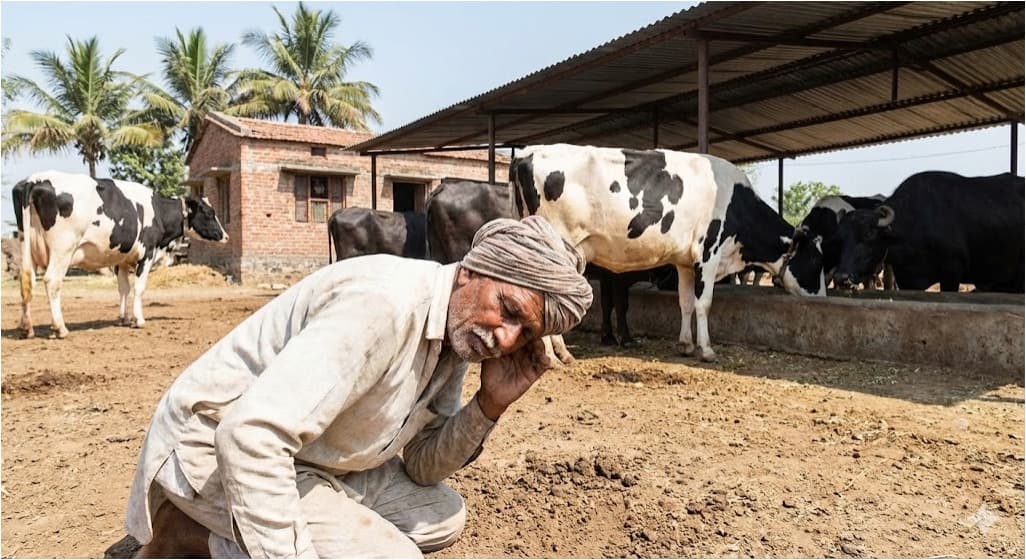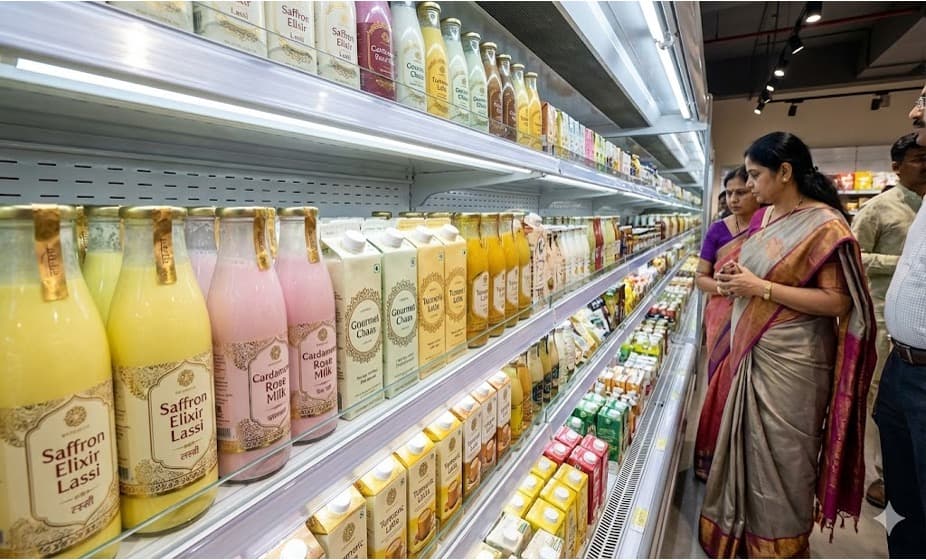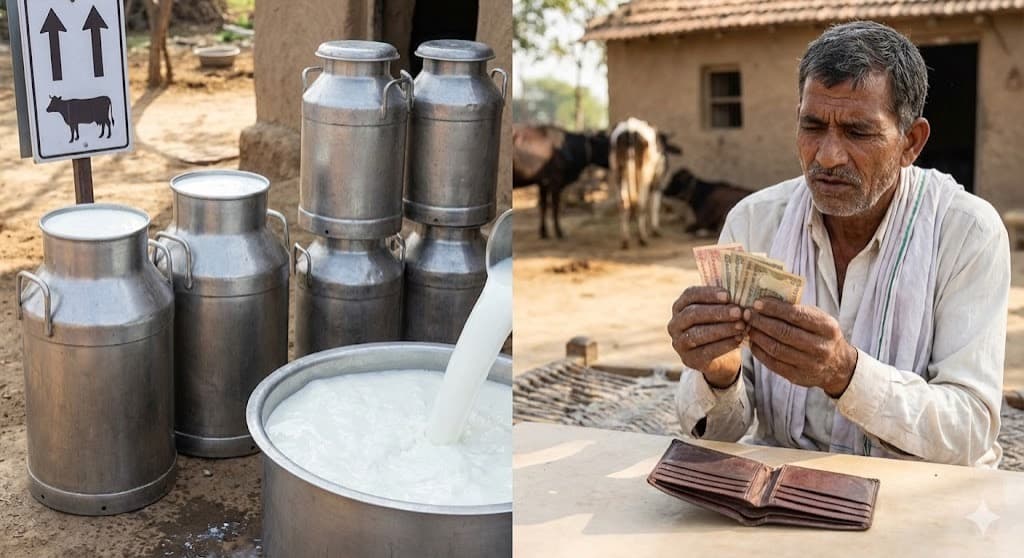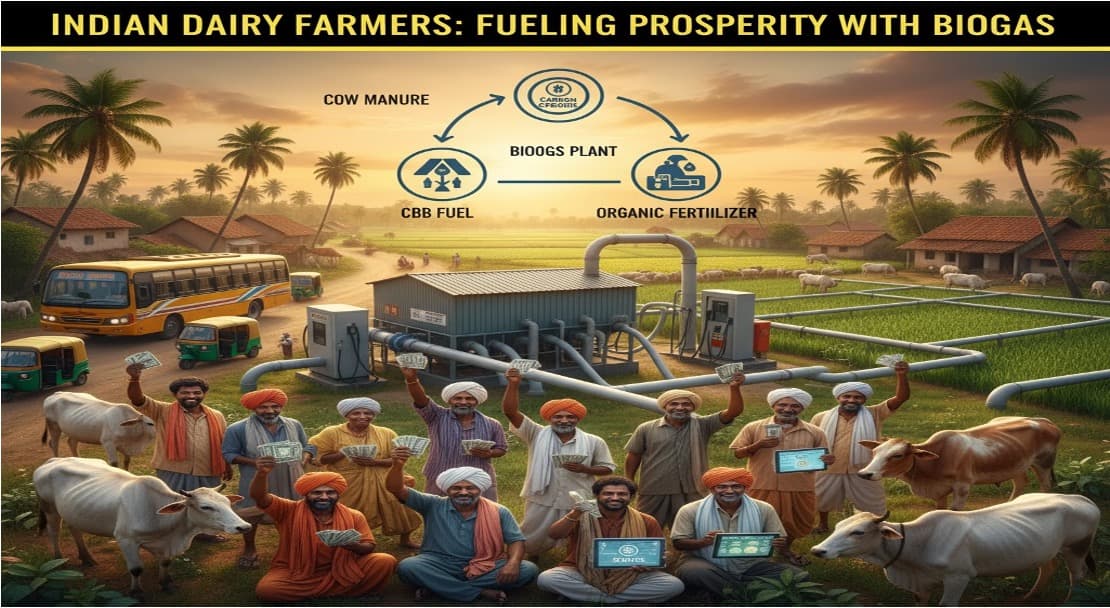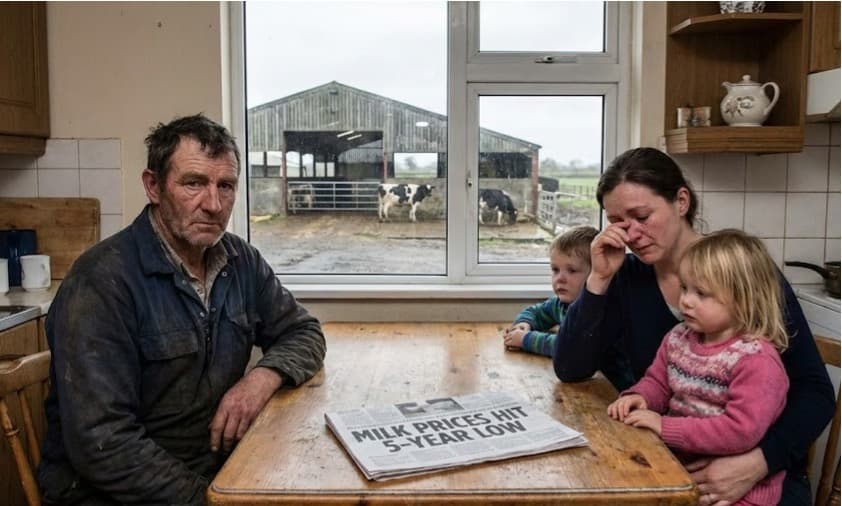Bridge the Gap with Dairy Consumers Via Social Media
Even if you do not sell directly to consumers, you need to learn how to communicate effectively with dairy consumers and potential dairy consumers.
That was the overarching message of the webinar “Lost in Translation: Communicating Agriculture to Consumers,” held June 16 and sponsored by American Dairy Association North East.
Hosted by Dairy Girl Network Partners, the webinar was led by Emma Andrew-Swarthout, director of Dairy Industry Image, and Kelsey O’Shea, industry relations specialist.
“Communicating ag to consumers is a journey,” O’Shea said. Unfortunately, using social media platforms can feel intimidating to a lot of farmers. “It feels like we get new instructions every day,” O’Shea added.
To communicate effectively, O’Shea said it’s vital to tune in to consumers, translate shared values and tailor your delivery.

But these days, people don’t go to farmers for food or for information about their food. And a lot of farmers are not sure what consumers want, what they want to know or what they need to know about food.
Swarthout said providing context and story to the data makes it easier to understand. That begins with understanding consumers and the stories they want to hear.
Most farmers live in rural areas and already understand how raising food works. While the majority of farmers are still men, among food shoppers, it’s 50/50 between genders.
Although most food shoppers range mid-20s to 65 years old, “It’s really (important) to capture the youth now, even though they’re not the biggest (target) age range,” O’Shea said.
For example, winning a dairy customer while young can mean many more years of choosing dairy.
How people get their food differs from even a few years ago. O’Shea said half of consumers have purchased groceries online for delivery or pickup. This affects dairy purchases.
“Some people never go into the grocery store,” she said. “How do we influence them where they live?”
Social media provides the answer. millennials, Generation Z, and to an extent, Generation X are active on social media and rely on it for purchasing decisions.
O’Shea added that Gen Z and millennials want immediate answers, expect full transparency and require proof to weed out promotional “noise.”
Where each generation obtains information online differs. The younger the consumer, the more they rely on social media networks in lieu of search engines.
Roughly 58% of consumers have purchased goods online. It may seem easy to dismiss Generation Z’s share of the market. However, O’Shea said they have nearly $100 billion in purchasing power.
“Gen Z is also a very fiscally responsible group,” Swarthout said. “They’re not willy-nilly spending their money. It will be hard for us to tap into that.”
Plus, by 2030 half of consumers will be millennials or younger. Gen Z begins buying at younger ages through Alexa and Venmo. That is part of the reason why it is essential to tap into this segment of consumers through social media marketing.
Saturation of ‘Milk’ Products
Many farmers wonder why people aren’t buying as much milk. Swarthout said part of the reason is they have so many choices. Bottled water is also taking up a lot of space in that category.“I know there are times I feel like consumers straight up speak a different language,” O’Shea said. “They’re on a different planet and don’t lead similar lives (as farmers).”
She added, “How do we find common ground? We want to see where our differences are and leverage them in a different way.”
Inviting consumers to visit farms may provide transparency, but O’Shea said few will come. It’s easier to reach them on social media.

O’Shea added, “Shared values build trust and create loyal consumers. Farmers make up only 2% of the population. But responsiveness is something we have in spades. You can’t send Coke a text message and get a personal response.”
While O’Shea said one person’s personal purchasing habit won’t change the price of milk, that person will talk with someone else. “You speaking with one person has a ripple effect. We need to translate our shared values,” she added.
That’s where it’s important to tailor the message.
“I want to start with making them know who we are, then move them into the consideration stage,” O’Shea said. “How do they feel about us? Then (there is a) conversion. They may feel differently, they may like it and buy it. Then (comes) loyalty. They want real dairy every time.”
The webinar explained social media messages should be 12-15 words and in language understandable for a 12-year-old. The messages should reinforce the concepts important to your brand and embrace positive language.
Make Messages Engaging
Farmers should communicate their values in fun, shareable content with the key messages laced in it.O’Shea offered as an example, “Farmers work every day to be the best stewards of the land, the animals and the people (because) it gives a sense of environment (to) the animals and the people.”
This reflects the values of the target market. “In this phase (of the customer journey) we want people to say, ‘I only want real milk because of my experience with a dairy farmer.’”
O’Shea provided a few more tips. “Be timely and relevant as possible. Take them on that journey so they know what’s going on (in a farmer’s world). Everyday tasks and chores may sound dull to you. However, to non-farmers they’re often fascinating,” she said.
Swarthout also encouraged interacting with the audience by liking comments and responding. It’s also helpful to share others’ content, since that helps reach more people.

